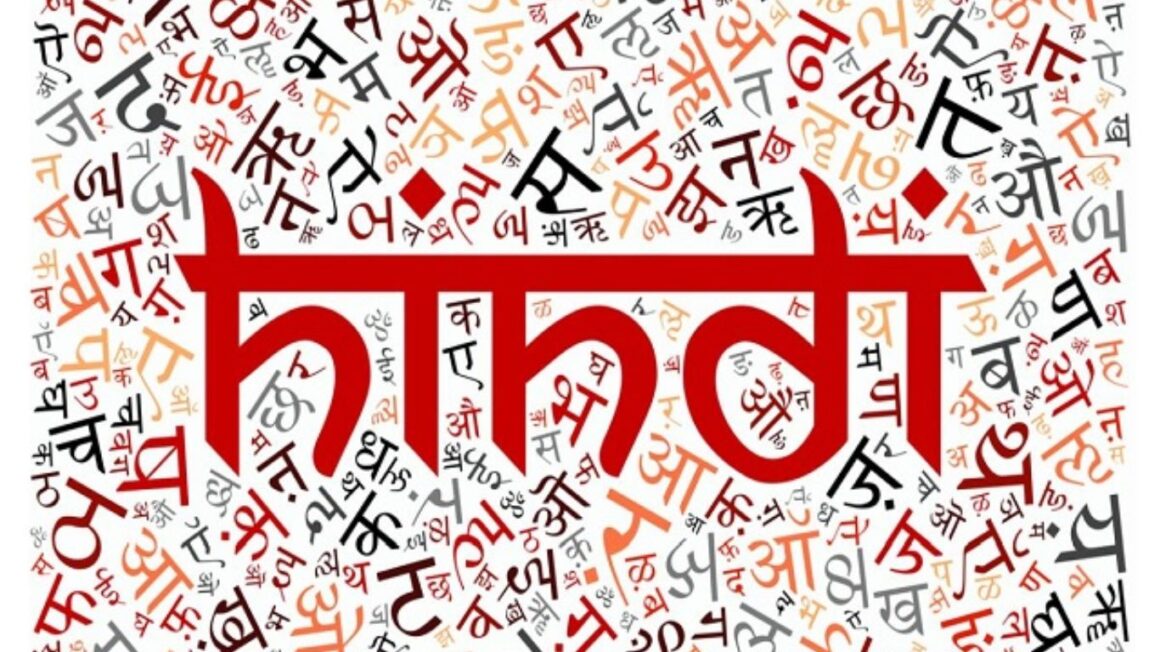Hindi is one of the most prominent languages of the Indian Subcontinent and the 3rd most spoken language across the globe. The language has a very rich literature. The Hindi Literature has various genres like Hindi Kavita (Poetry), Vyangya (Hindi Satire), Hindi playwriting, Hindi travel literature and Hindi essay-writing. So, let’s take a deep dive into the rich history of Hindi Literature and know the complete history of Hindi Literature.
The Complete History of Hindi Literature
Adi Kaal (1050 to 1375)
Adi Kaal or the Vir-Gatha kaal is the literature work done before the 15th century. The Adi Kaal started around 1050 and stayed till 1375. It originated around the regions of Kannauj, Ajmer and Delhi. Chand Bardai’s ‘Prithviraj Raso’ is considered one of the 1st works in Hindi Literature. Prithviraj Raso was an epic poem written by Chand Bardai on Delhi’s Emperor ‘Prithviraj Chauhan’. The poem talks about Chauhan’s battlefield bravery, his epic love story, his values and his battle with the evil invader ‘Muhammad of Ghor’. While in the Deccan region (Southern part of India) ‘Dakkhini’ or ‘Hindavi’ was used. It flourished under different dynasties and kingdoms like the ‘Delhi Sultanate’ and later under the ‘Nizams of Hyderabad’. However, Hindavi literature is also considered proto-Hindi literature.
Bhakti kaal (1375 to 1700)
The Bhakti kaal arrived after the Adi Kaal or the Vir-Gatha kaal of Hindi Literature. It is a medieval Hindi literature period which was influenced by the Bhakti movement (spirituality & religious movement). In this period long and epic poems around spirituality, religion, God and worship were created. This period was enriched by great poems. Dialects resembling Hindi such as ‘Awadhi’ and ‘Braj Bhasha’ were mostly used in this period. Most of the poems and literature work in the period was composed in ‘Awadhi’ and ‘Braj Bhasha’. Some of the most notable works in this period are Tulsidas’s ‘Ramacharitamanas’ and ‘Vinaya Patrika’, and Surdas’s ‘Sur Sagar’. In this period only Kabir also wrote his popular ‘Dohas’. This period was full of poems and praises written for God, on heroism and meaning of life & spirituality.

Riti-kavya kaal (1700 to 1900)
Riti-kavya kaal started from the 1700’s and was in full flow till the 1900’s. The Bhakti kaal had a lot of influence on the Riti-kavya kaal. In the Bhakti kaal the authors and poets were more focused on the spiritual aspect. Whereas in Riti-kavya kaal the focus drastically shifted to inner meaning and emotions of the earlier. The drastic shift was somewhat because the writers and poets were more focused on emotions and expressions. However in the same period ‘Chandrakanta’ was written by Devaki Nandan Khatri in 1888. Which many consider as India’s first authentic work of prose in modern Hindi. ‘Munshi Premchand’ is another prominent figure who rose in this period. It’s considered that Premchand brought realism and progressive movement in Hindi fiction.
Adhunik kaal (from 1900 onwards)
Every period or phase in any literature directly or indirectly depicts the situation of the particular phase. A shift or change in the literature works and styles also hugely depends on the environment. As the Bhakti kaal was influenced by the Bhakti Movement in the late 13th Century. The same way the Adhunik kaal which literally means the Modern Era or Modern Period was influenced by the arrival of the Britishers in India. The Fort William College president J. B. Gilchrist hired professors to write books in Hindustani. These books consist of notable works like ‘Prem Sagar’ by Lallu Lal, ‘Rani Ketaki ki kahani’ by Munshi Inshallah Khan and ‘Naasiketopaakhyan’ by Sadal Mishra.

Dwivedi Yug (1900 to 1918)
The Dwivedi Yug is a very short but very important phase in Hindi Literature. This phase of Hindi Literature is named after ‘Mahavir Prasad Dwivedi’. He played a pivotal role in the establishment of modern Hindi Language and its acceptance. Mahavir Prasad Dwivedi changed the course of Hindi Poetry. Earlier Hindi Poetry focused more on religion, devotion and emotion. But Dwivedi encouraged poetry on nationalism and social reform. One of the most prominent poems of the period was Maithili Sharan Gupt’s ‘Bharat-bharati’.
Chhayavaadi Yug (In the 20th Century)
Chhayavaadi Yug started in the 20th Century, ‘Chhayavaadi’ directly translates to ‘Shadowism’. In this period an upward surge in romantic works of literature was witnessed. In the Chhayavaadi Yug authors and poets became more interested in intense romantic and emotional poetry. This phase also refered as the Neo-romanticism period of Hindi Literature. The 4 big names and most prominent Chhayavaadi poets (Poets of Shadowism) of this period were Jaishankar Prasad, Mahadevi Varma, Sumitranandan Pant and Suryakant Tripathi ‘Nirala’.
Some of the Most Prominent Figures in the Hindi Literature
Authors & poets like Chand Bardai, Vidyapati, Kabir, Surdas, Malik Muhammad Jayasi, Keshavdas, Mirabai, Tulsidas, Bihari, Lallu Lal, Bharatendu Harishchandra, Devaki Nandan Khatri, Mahavir Prasad Dwivedi, Munshi Premchand, Dushyant Kumar and Narendra Kohli were some of the most prominent figures in the Hindi Literature.
Also Read: 4 Yugas in Hinduism and their Importance



